4 Misunderstood Piercing Terms And What You Probably Mean
Piercings have become increasingly popular over the years, with more and more people opting to adorn their bodies with a variety of body jewelry. However, with the growing interest in piercings comes a variety of terminology that can be confusing to those who are new to the world of body modification. Misunderstandings can arise when people use certain piercing terms interchangeably, or when they use terms that mean different things in different contexts.
That's why it's important to clarify some of the most commonly misunderstood piercing terms, in order to ensure that people can make informed decisions about their jewelry and aftercare. By understanding the differences between these terms, people can better communicate with their piercers and avoid any confusion or mistakes.
In this article, we will focus on four of the most commonly misunderstood piercing terms: gauge vs. size, ring vs. hoop, stud vs. barbell, and CBR vs. BCR. By the end of this article, readers should have a better understanding of these terms and feel more confident in their ability to make informed decisions about their piercings.
Gauge vs. Size
When it comes to piercings, the terms gauge and size are often used interchangeably. However, they actually have distinct meanings that can be important to understand.
In the context of piercings, gauge refers to the thickness of the jewelry being used. It is measured in gauges, which are abbreviated as "g". The higher the gauge number, the thinner the jewelry. For example, a 20g nose ring is thinner than an 18g nose ring.
On the other hand, size refers to the diameter of the jewelry. It is measured in millimeters, and can be abbreviated as "mm". The larger the size number, the larger the diameter of the jewelry. For example, a 6mm hoop earring is larger than a 4mm hoop earring.
One common misunderstanding between gauge and size is assuming that a higher gauge number means a larger diameter. In reality, a higher gauge number means a thinner piece of jewelry. For example, a 20g nose ring has a smaller diameter than a 16g nose ring.
Another common misunderstanding is thinking that gauge and size are interchangeable. For example, assuming that a 16g earring is the same size as a 16mm earring. In reality, a 16g earring is much thinner than a 16mm earring.
Examples of piercings that use gauge vs. size include tongue piercings, which typically use a 14g or 12g jewelry, and nose piercings, which can range from 20g to 16g depending on the person's preference. For size, hoop earrings can range from 4mm to 12mm in diameter, while studs can range from 2mm to 6mm in diameter.
Ring vs. Hoop
In the world of piercings, the terms ring and hoop are often used interchangeably. However, they have distinct meanings that can be important to understand when choosing jewelry for a piercing.
A ring is a piece of jewelry that forms a complete circle. It can be made of various materials, including metal, plastic, and wood. In the context of piercings, rings can be circular, oval, or even heart-shaped. They can be either solid or hollow.
A hoop, on the other hand, is a type of ring that has a small opening that allows it to be inserted into a piercing. Once in place, the hoop forms a complete circle. Hoops can come in a variety of shapes and sizes, such as circular, oval, and horseshoe-shaped.
One common misunderstanding between rings and hoops is assuming that they are the same thing. While all hoops are rings, not all rings are hoops. Rings can be solid and cannot be used for piercings.
Another common misunderstanding is assuming that a hoop is the same as a captive bead ring (CBR). While CBRs are a type of hoop, they have a small bead that is held in place by the hoop. In contrast, other types of hoops such as seamless rings do not have a bead.
Examples of piercings that use rings vs. hoops include septum piercings, which can use both captive bead rings and seamless rings, and cartilage piercings, which can use both circular rings and horseshoe-shaped hoops.
Stud vs. Barbell
In the context of piercings, a stud is a piece of jewelry that consists of a decorative front and a back that is secured with a screw-on or push-on backing. Studs can be made of various materials such as metal, plastic, or even gemstones. They are commonly used in ear piercings, nose piercings, and lip piercings.
A barbell, on the other hand, consists of a straight bar with a decorative ball or other ornament at each end. Barbells can be made of various materials such as metal, acrylic, or silicone. They are commonly used in tongue piercings.
One common misunderstanding between studs and barbells is assuming that they can be used interchangeably. While both types of jewelry can be used in certain piercings such as ear cartilage piercings, they are not suitable for all types of piercings.
Another common misunderstanding is assuming that a barbell is the same as a curved barbell (CB). While both types of jewelry have a curved shape, CBs are specifically designed to fit certain piercings, such as eyebrow piercings and navel piercings.
Examples of piercings that use studs vs. barbells include nostril piercings, which can use either a silver nose stud or a nose screw.
CBR vs. BCR
CBR stands for captive bead ring, while BCR stands for ball closure ring. Both types of jewelry consist of a hoop that encircles a piercing, but they differ in how they are held in place.
CBRs have a small bead or ball that is held in place by the ends of the hoop. This creates tension that keeps the jewelry securely in place. They can be used in various piercings such as nose piercings and lip piercings.
BCRs, on the other hand, have a ball that is held in place by a small gap between the ends of the hoop. The ball is typically larger than the gap, which prevents it from falling out. BCRs are commonly used in ear piercings and lip piercings.
One common misunderstanding between CBRs and BCRs is assuming that they are interchangeable. While they may look similar, the way they are held in place can be different, which can affect their suitability for certain piercings.
Another common misunderstanding is assuming that a seamless ring is the same as a CBR or BCR. While all three types of jewelry consist of a hoop, seamless rings do not have a bead or ball and are not held in place in the same way.
Examples of piercings that use CBRs vs. BCRs include septum piercings, which can use either a CBR or a circular barbell, and helix piercings, which can use either a BCR or a horseshoe-shaped ring.
Conclusion
It is important to understand the meaning of various piercing terms to avoid confusion and potential mistakes during the piercing process. Gauge and size, ring and hoop, stud and barbell, and CBR and BCR are some of the most commonly misunderstood piercing terms. Gauge refers to the thickness of the jewelry, while size refers to the length or diameter. A ring is a continuous circle of metal, while a hoop has a small gap in the circle. A stud has a single bead on one end and a flat back on the other, while a barbell has beads on both ends. CBR and BCR are both types of circular jewelry, but CBR has a captive ball while BCR has a captive bead. By understanding these terms, you can better communicate with your piercer and make informed decisions about your piercing jewelry.
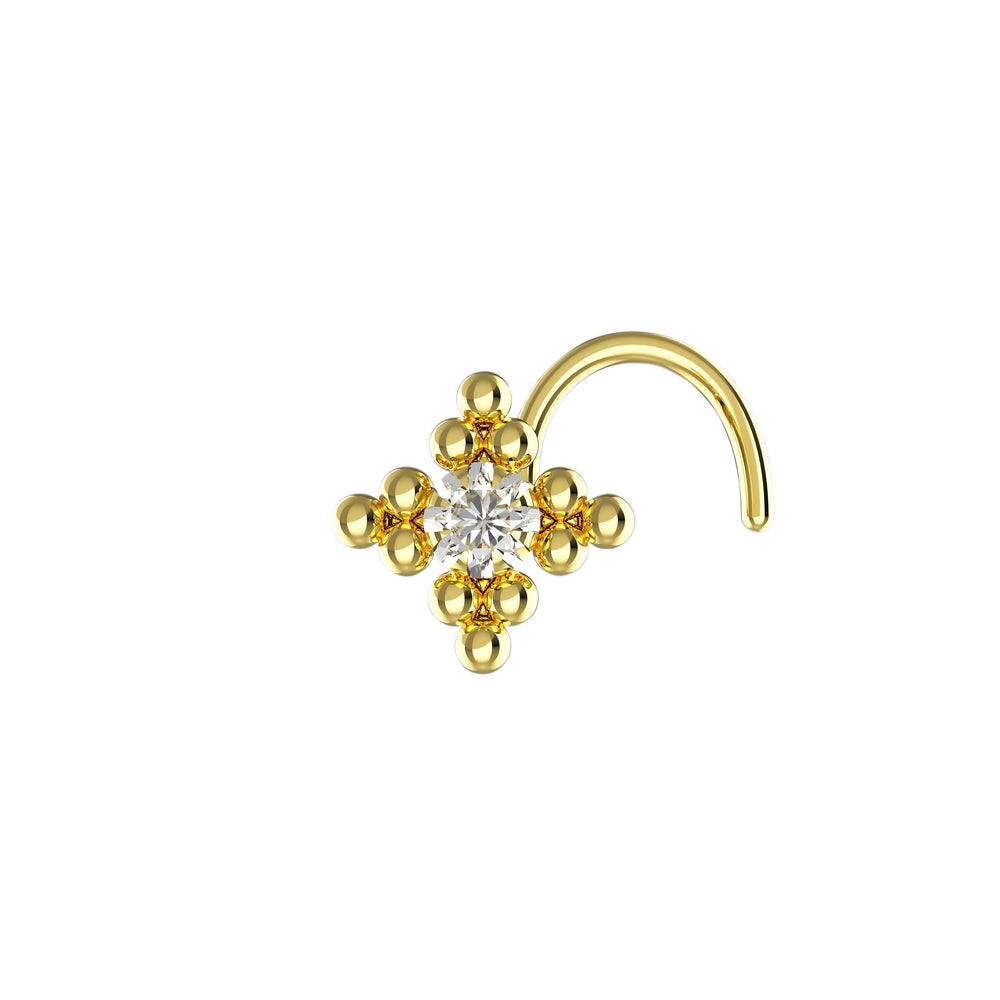
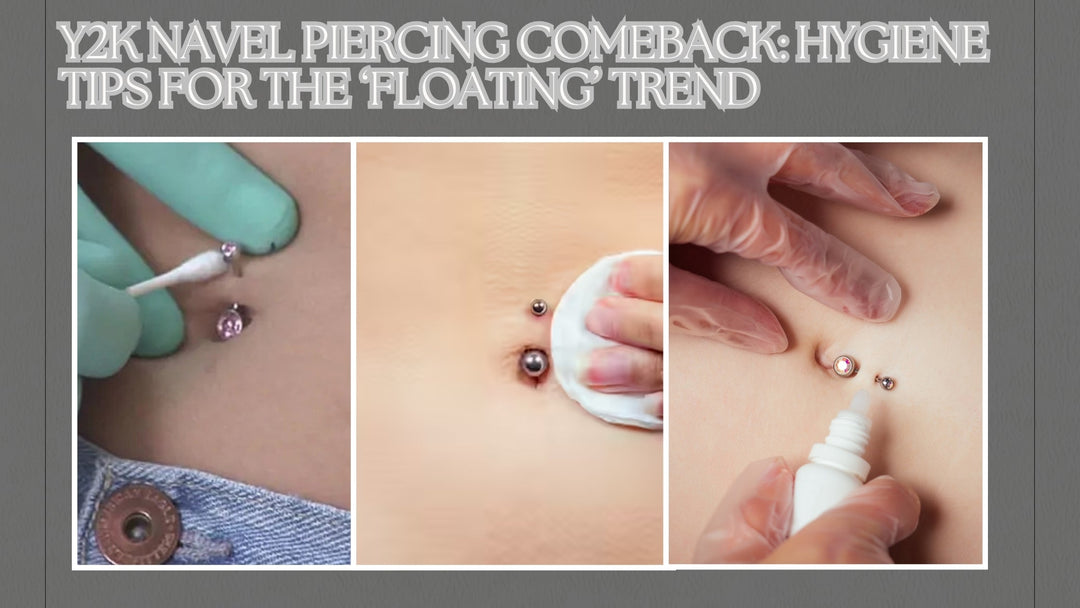


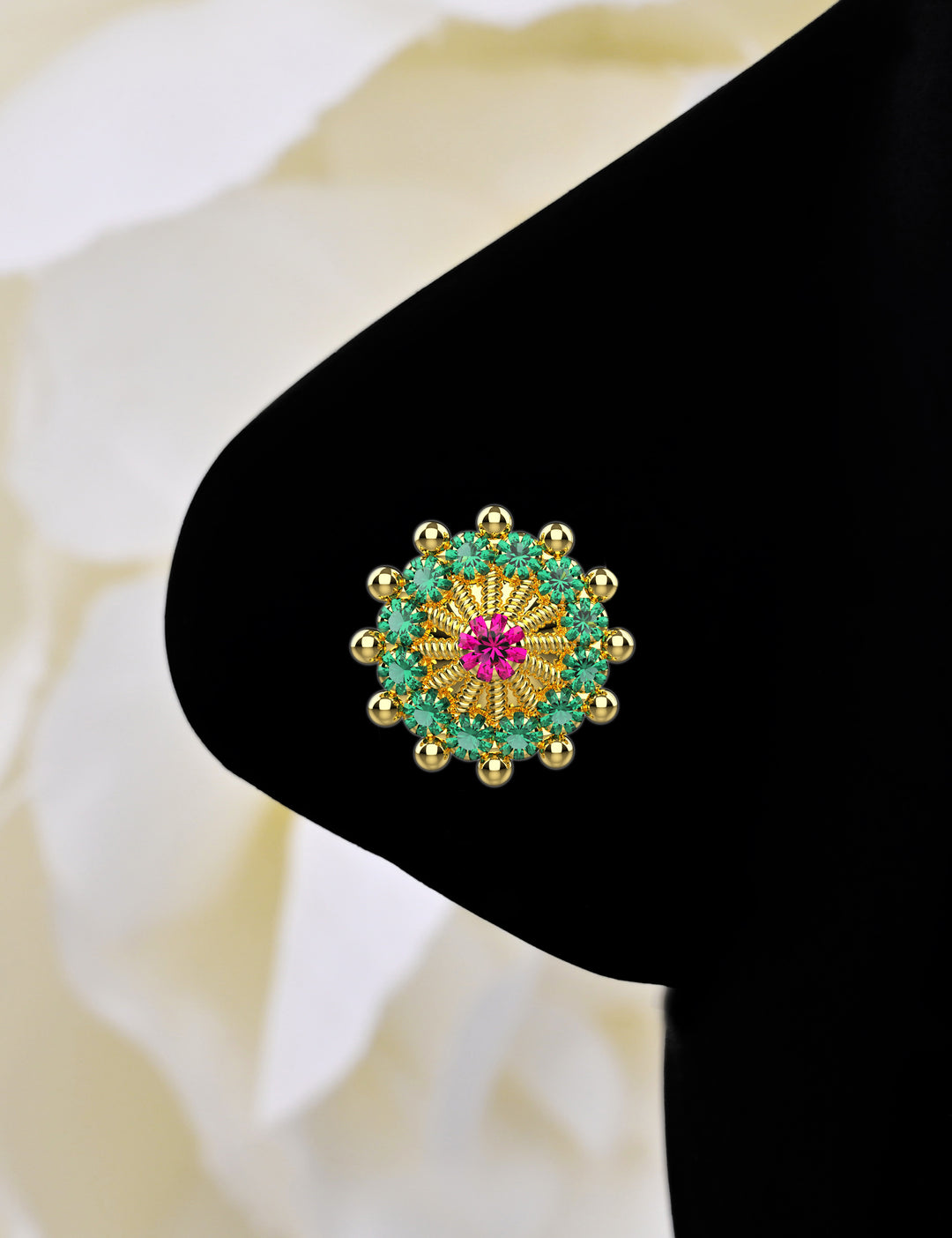
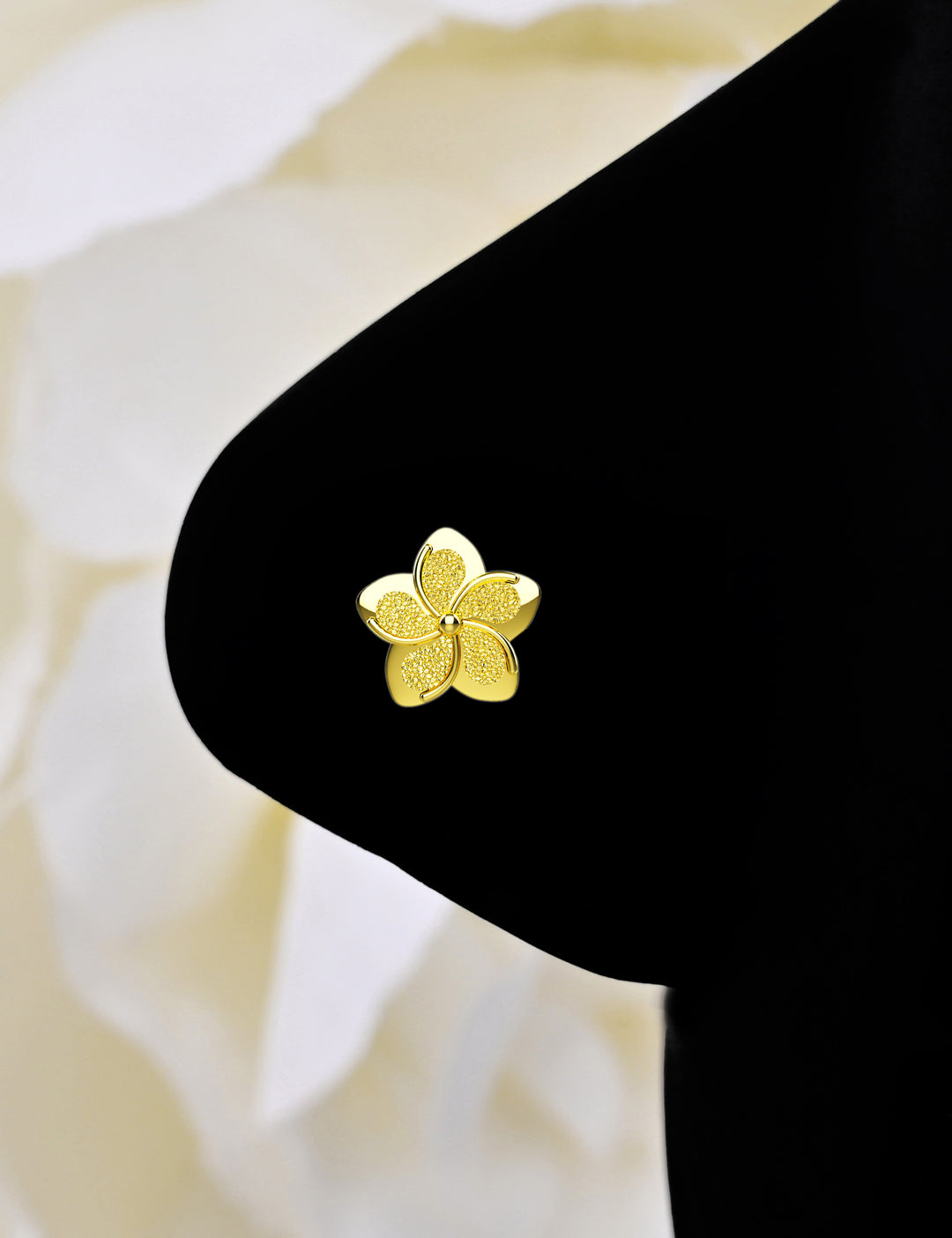
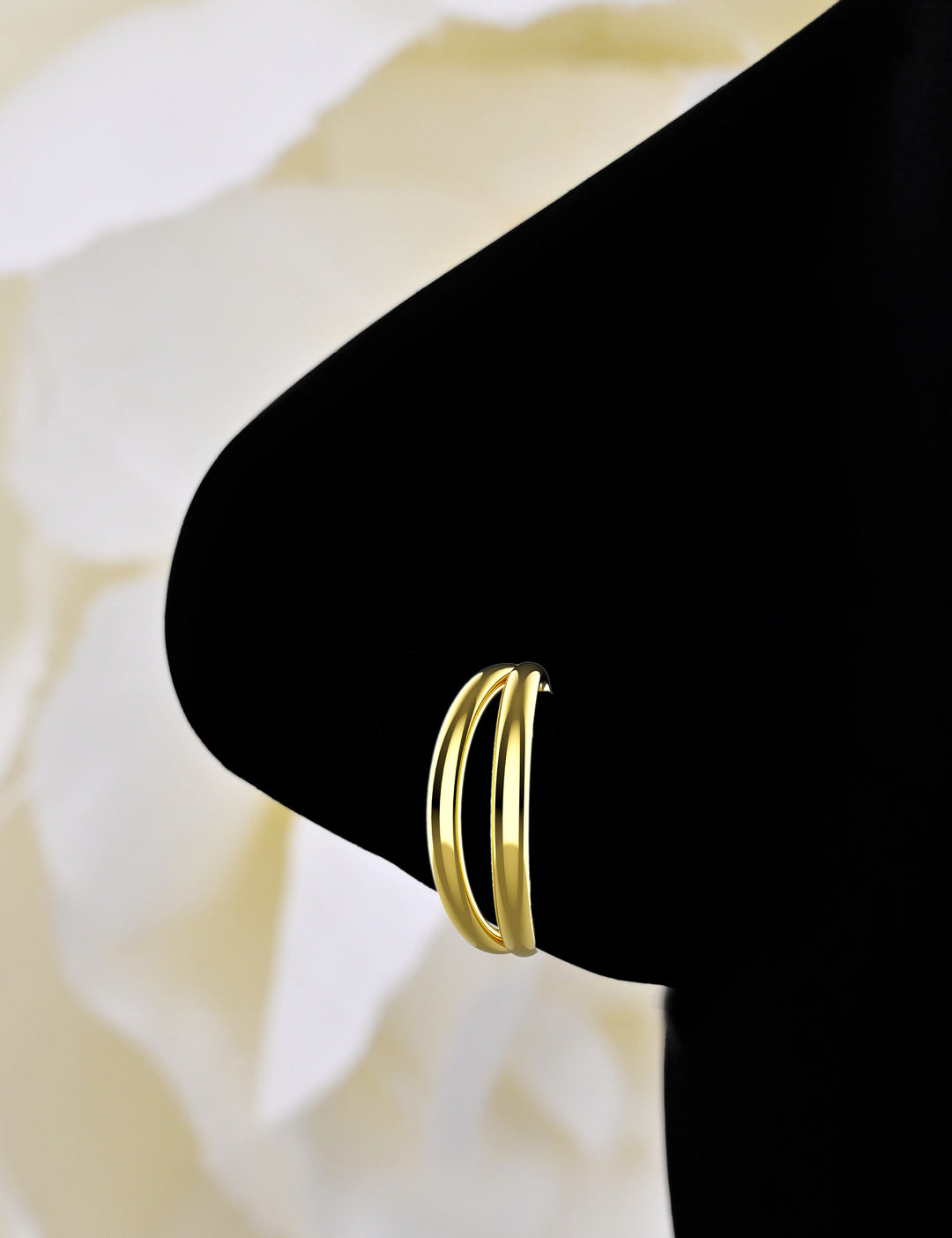
Leave a comment